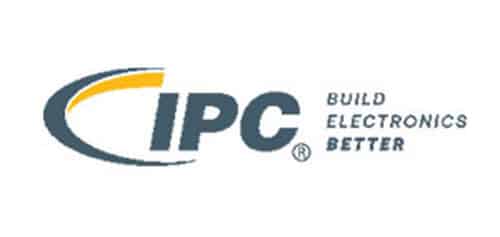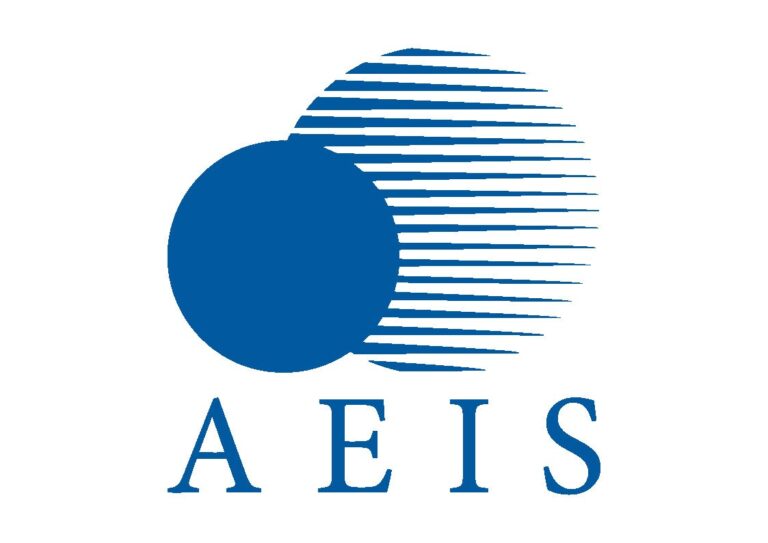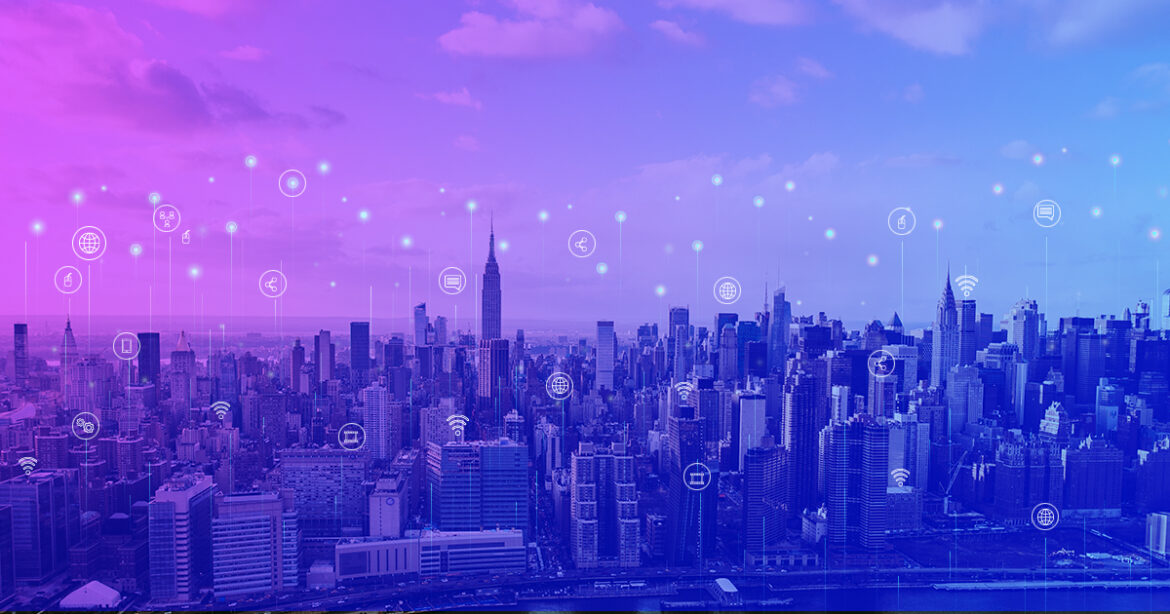By Suresh Kumar KK, Head – India Urban Data Exchange & Data Spaces (Product, Partnership, Proliferation), IISc
The world population has crossed 7.8 billion in 2020 and it is expected to cross 9 billion by 2030. 55% of them live in cities and are expected to cross 60% by that time. The average traffic speed in these cities is as low as 6-8 Km/hour, air and noise pollution levels are on the rise and even emergency assistance takes a considerable amount of time. Similar to the traffic situation, the services like public transport, water, solid waste, energy, healthcare, citizen security etc are also facing similar challenges to cope up with the scale of urbanization. It is not that the city’s physical infrastructure is too bad to be in this situation but the throughput of the city services.
Smart Cities: Smart cities is a collective term for digitization of city services to bring some level of automation and manage them through insights and trends to make the cities live-able, sustainable and more socially equitable. Many of the cities have digitised most of its services in the last decade and similar initiatives in healthcare, agriculture, retail etc are generating good quality and quantity of electronic data off late. Some amount of data science is done in these applications to derive insights and trends but Machine Learning (ML) and Artificial Intelligence (AI) provides tremendous possibilities to combine these data sets, make predictions and also drive autonomous actions which would bring service delivery efficiency and convenience to the end users.
Digitization of Cities: Digitise the manual operations and managing them through insights and trends is typically IoT and sensor intensive and it is like the Analog to Digital conversion of physical signals to enable operations like convolution, correlation, Fourier transform etc to generate information out of them.
The solutions like camera and video analytics based automated traffic violation detection, GPS based public transport and solid waste truck tracking for fleet management and information to the end users, mobile app-based parking search, rain, flood, air quality monitoring, health care Infrastructure and patient management are implemented in this phase.
Enabler for the next phase: Digitization phase has generated tremendous amounts of data (Big Data) and set the stage for the next phase which would be less of sensor and capital intensive but AI/ML driven and predominantly cloud and compute intensive.
This will also reduce accuracy requirements of sensors, edge processing units, gateways and the frequency of data transmission to the cloud as the data will be interpolated and predicted which will reduce the cost of electronics hardware and IoT/Sensor deployments.
AI/ML solutions like the following, out of the data from the digitization phase are implemented in this phase targeting cost reduction through service delivery efficiency and also to enhance convenience to the citizens.
- Bus occupancy information with accurate ETA to the commuters to enable better journey planning and user experience.
- Multimodal transport (Metro, Bus, Taxi, E-Bikes) application to facilitate the end-to-end travel, booking, ticketing and payment.
- Data based fleet planning and optimisations for public transport and Solid waste collection to reduce the cost of operations by 20 to 30%.
- Flood prediction, alerts and recommendations using rain, water level, river, canal, elevation datasets to assist city governance and disaster management.
- Traffic prediction, management and green corridor for emergency vehicles to reduce commute time and environmental pollution.
Beyond Urban governance: As the power of data lies in its combinatorial possibilities when multiple datasets come together, by combining relevant datasets across domains, applications like the following could solve mega problems. Of course, we cannot even think of doing them without exploiting the best of AI/ML capabilities.
- Manage the disease spread (Flu, Virus) and medical infrastructure requirements using the datasets of hospital infrastructure, patient/treatment information, weather, air/water quality, green cover, digital elevation maps, population,sewerage monitoring, traffic/commuter density etc.
- Agriculture harvest, storage, supply chain and retail management using the crops production data, consumer demand, market price, storage and processing capabilities, weather information etc.
- Engagement with citizens on topics like how their electricity/water consumption is compared to their peer groups, health indicators, contributions to pollution, global warming, their suggestions for improvements for utilities and service delivery and autonomous actions to improve the citizen engagement and mindset/culture change which is a pain area in citizen services.
Looks like imagination is the only limit here.
Barriers: Great possibilities and impact but the quality and availability of the data is the main issue to realize them due to the following challenges.
- The data remains in the respective domain silos and hence it is hard to share them beyond the application boundary.
- Stakeholders have limited understanding of what data can be shared, to whom, for how long at no cost or at what price.
- Since similar data is represented in different ways in different systems, there should be a mechanism for accessing the data in a unified and common format.
- Legal, regulatory and policy frameworks incorporating the data ownership, privacy and ethical considerations.
Accelerators: Since all the stakeholders in the ecosystem will be benefited through efficient data sharing and data driven applications, there is mindshare and support from all.
Government departments: Reduced cost through service delivery efficiency and increased revenue through data monetization and new business/revenue models.
End-users: Innovative and cheaper applications for services with better convenience and user experience.
Data owners: Ease of data sharing, value addition to the datasets and revenue generation through data monetization.
Industry / Start-up ecosystem: Faster development, lower cost and portability of applications due to data availability and standard APIs.
Academia and Research: More meaningful research and collaboration with the industry ecosystem by having access to a wide variety of datasets.
For India, the India Urban Data Exchange (IUDX) platform deployed by the Ministry of Housing and Urban Affairs (MoHUA) and Smart City Mission is a good solution to the issues mentioned above. IUDX provides a way for accessing data in a unified, common format and enables data sharing and monetization between different entities, opening it up for the internal departments as well as external agencies to create innovative applications with new business/revenue models aka data marketplace.
From the data monetization perspective, the commercial value created through the service delivery cost reduction or revenue increase of services by the data driven applications would be a good reference to price the datasets.
The Opportunity: The digitization of applications is doing its job and also generating data, the public and privately owned data owners/providers are looking forward to monetize their data, the data sharing platform is all set to facilitate this and the industry players are keen to take the data and build the solutions and commercially deploy them.
This is the time for the public/privately owned data providers, Industry/Start up ecosystem, Government departments and Accademia/Research (a real quadruple helix) to collaborate with innovative business/revenue models, exploiting the best of AI/ML technologies to unlock the full potential of data and create impactful applications. We are at an inflection point similar to the evolution of the internet two decades back but this is going to be much faster.





